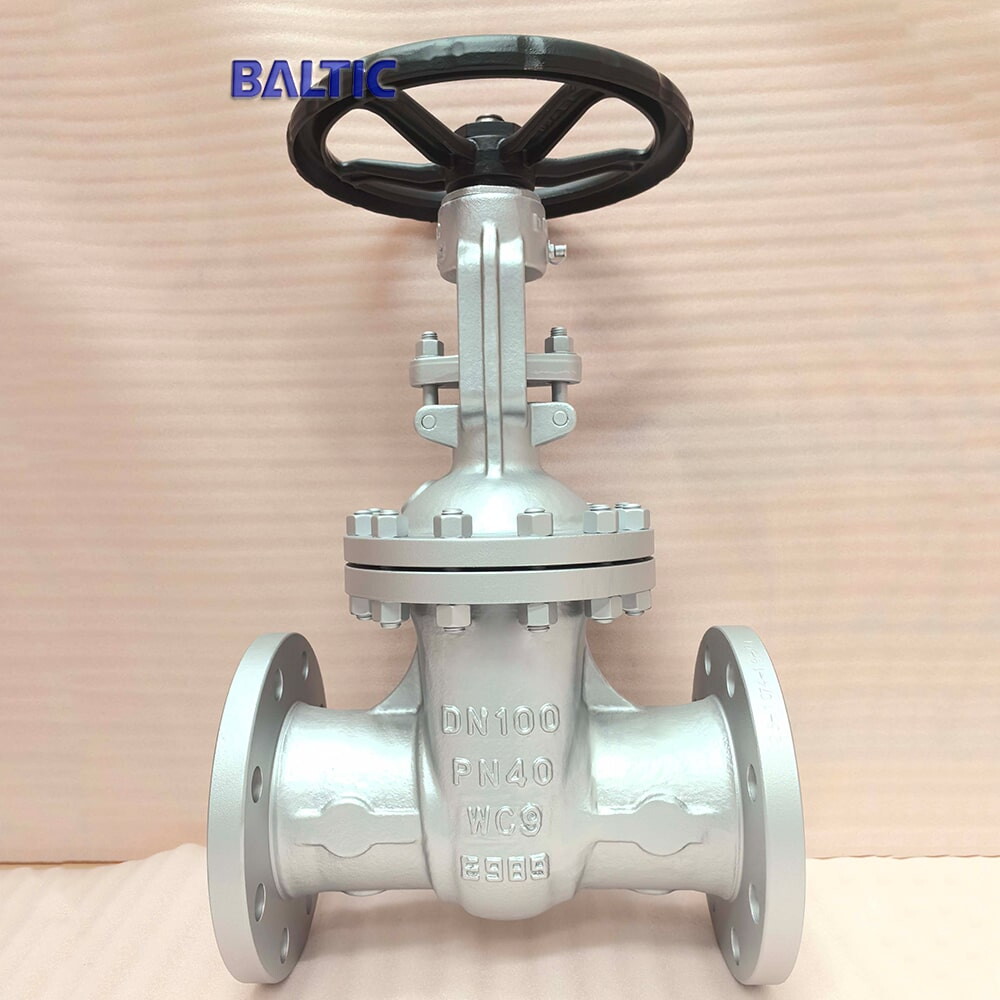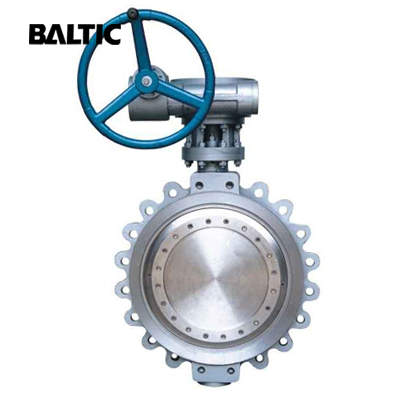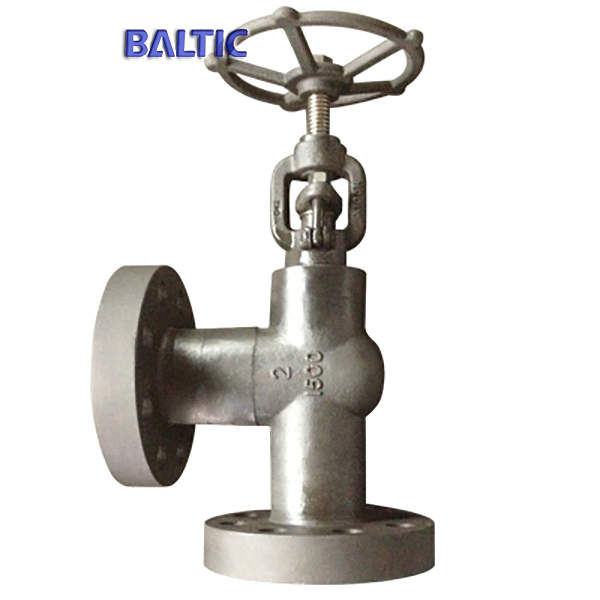Overlooked Selection Principles of Valves
The performance of the valve, the valve's material, the sealing structure and the driving device
In order to meet the requirements of the process characteristics, operation and fluid property, not only the pipeline design professionals, but also the chemical and process system professionals must first be familiar with the performance of the valve, driving device and material. They can know about the performance through manuals, information, product samples as well as the deep communication and exchanges with the valve manufacturer so as to select the appropriate valves.
Relevant regulations, norms and standards
A. National regulations and procedures relating to environmental protection, safety, energy conservation and quality supervision
B. Design specifications and standards for containers, pipes and valves
C. Valves' and materials' testing standards including pressure, low temperature, fireproof, anti-static and leakage
In the process system design, pipeline design and design with the requirements of safety and environmental protection, the above regulations, norms and standards should be conformed to.
Economic factors
In order to meet the requirements of the process characteristics, operation and fluid property, not only the pipeline design professionals, but also the chemical and process system professionals must first be familiar with the performance of the valve, driving device and material. They can know about the performance through manuals, information, product samples as well as the deep communication and exchanges with the valve manufacturer so as to select the appropriate valves.
Relevant regulations, norms and standards
A. National regulations and procedures relating to environmental protection, safety, energy conservation and quality supervision
B. Design specifications and standards for containers, pipes and valves
C. Valves' and materials' testing standards including pressure, low temperature, fireproof, anti-static and leakage
In the process system design, pipeline design and design with the requirements of safety and environmental protection, the above regulations, norms and standards should be conformed to.
Economic factors
A. Save the cost of valves. The costs of the valve include four parts in a complete service cycle, namely, initial purchase costs, monitoring costs, maintenance costs and replacement costs. Often bound by the project's budget, designers and procurement staff often only consider the initial procurement costs. In fact, this only accounts for a small part of the complete valve's service cycle cost. Although you can purchase the low-quality valves with much lower initial purchase costs, the monitoring, maintenance and replacement costs of them are great during their service cycles, and the costs will be much greater if the losses caused by the monitoring, maintenance and replacement are included. Valves with poor qualities are the main sources of harmful volatile organic compounds (VOC), which will further result in safety problems and environmental pollution. Life Cycle Costs (LCC) assessment is very complex, which requires to utilize methods such as risk assessment as well as data analysis and needs rich experience as well.
B. Standardize of the valve's types and specifications. We can choose the most suitable type and specification of each valve according to the application requirements and performance of valves. In a certain project or device, in order to reduce the operating costs of the equipment, the type and specification of the valves should be reduced as much as possible to meet the basic safety and operation requirements, which also help to reduce the valve's spare parts inventory and maintenance costs. Even if there are different types of valves, standardize the valve stem packing as much as possible.
C. Select shut-off valves with small flow resistance when they are full opened to save energy and reduce operating costs.
The factors to be considered and selection guidelines of valves listed above may provide the designers with some useful information and inspiration which will help them to appropriately select valves. The actual process conditions keep changing, and the technology related to valves is also very complex. Therefore, in the specific project, the detailed analysis must be made on the process on the basis of characteristics of valves, and various factors are supposed to be taken into account, using the recommended guidelines to draw a clear distinction between the primary and the secondary so as to achieve the goal of ideal selection of valves.



